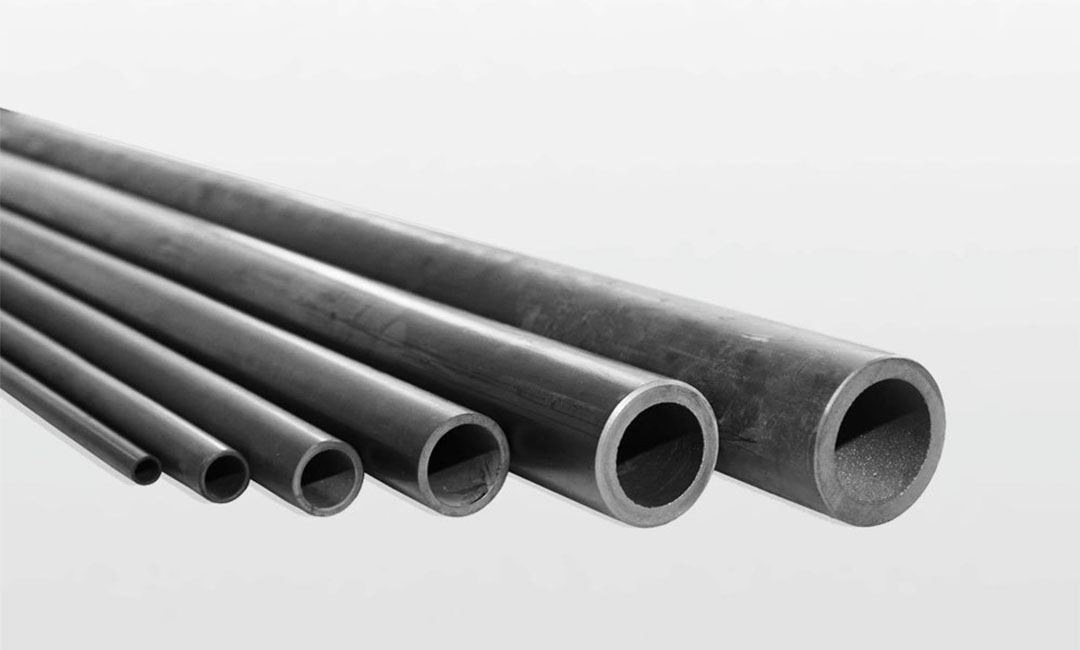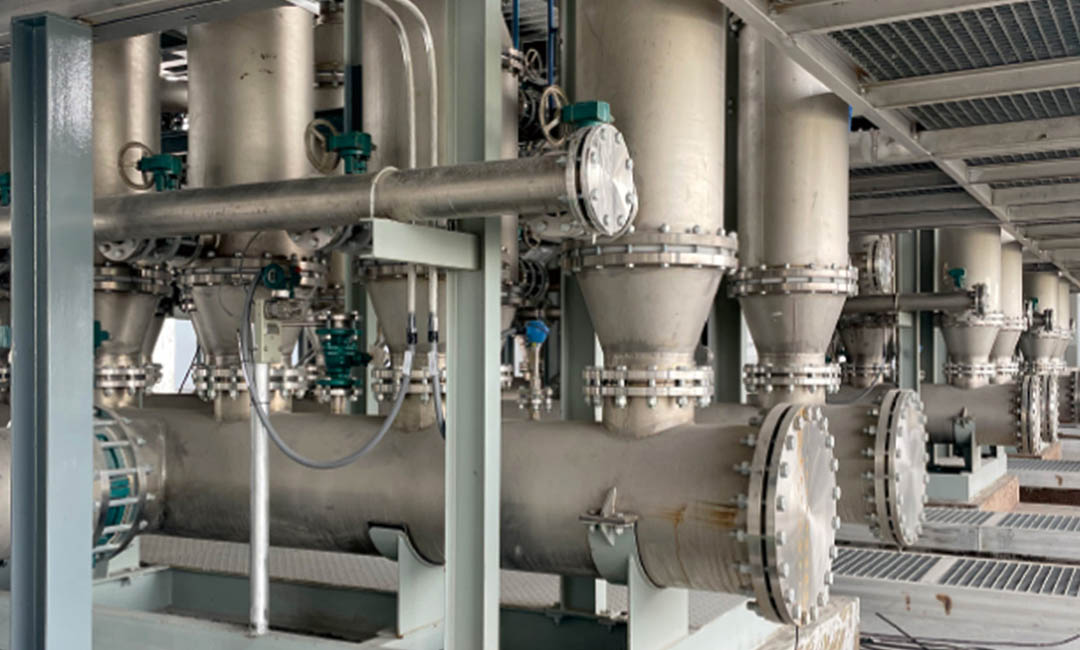Advantages of Tubular SiC Membranes in Fuel Cell Technology
Fuel cells are a promising technology for clean and efficient energy production, offering a sustainable alternative to traditional fossil fuels. One key component of fuel cells is the membrane, which plays a crucial role in separating the fuel and oxidant streams while allowing the transport of ions necessary for the electrochemical reactions that generate electricity. In recent years, tubular silicon carbide (SiC) membranes have emerged as a novel and highly effective option for use in fuel cells, offering a range of advantages over traditional membrane materials.
One of the primary advantages of tubular SiC membranes is their exceptional chemical and thermal stability. SiC is known for its high resistance to corrosion and oxidation, making it an ideal material for use in harsh operating conditions. This stability allows SiC membranes to maintain their performance over extended periods of time, reducing the need for frequent maintenance and replacement. Additionally, the high thermal conductivity of SiC helps to dissipate heat efficiently, further enhancing the durability and reliability of the membrane.
Another key advantage of tubular SiC membranes is their high mechanical strength and resistance to mechanical stress. This property is particularly important in fuel cell applications, where the membrane must withstand the pressure differentials and mechanical forces associated with the operation of the cell. The robust nature of SiC membranes ensures that they can maintain their structural integrity under these conditions, contributing to the overall longevity and performance of the fuel cell system.
In addition to their stability and strength, tubular SiC membranes offer excellent gas separation properties. The unique structure of the tubular membrane allows for precise control over the transport of ions and gases, enabling efficient separation of the fuel and oxidant streams. This selective permeability is essential for the proper functioning of the fuel cell, as it ensures that only the necessary species are allowed to pass through the membrane, while impurities and byproducts are effectively blocked.
Furthermore, tubular SiC membranes exhibit high ion conductivity, facilitating the rapid transport of ions across the membrane and promoting efficient electrochemical reactions within the fuel cell. This enhanced conductivity results in improved overall performance and efficiency of the fuel cell system, leading to higher power output and lower energy consumption. The combination of high ion conductivity and gas separation properties makes tubular SiC membranes an attractive option for a wide range of fuel cell applications, from portable devices to large-scale power generation systems.
In conclusion, tubular SiC membranes represent a significant advancement in fuel cell technology, offering a range of advantages that make them an attractive choice for use in various applications. Their exceptional stability, mechanical strength, gas separation properties, and ion conductivity set them apart from traditional membrane materials, providing a reliable and efficient solution for clean energy production. As research and development in fuel cell technology continue to progress, tubular SiC membranes are poised to play a key role in driving innovation and advancement in the field.
Applications of Tubular SiC Membranes in Fuel Cell Innovation
Fuel cells are a promising technology for clean and efficient energy production. They convert chemical energy into electrical energy through an electrochemical reaction, with water and heat as the only byproducts. One of the key components of a fuel cell is the membrane, which separates the fuel and oxidant streams and allows the transport of ions between them. Tubular silicon carbide (SiC) membranes have emerged as a novel and efficient option for fuel cell applications.
Tubular SiC membranes offer several advantages over traditional proton exchange membranes (PEMs) used in fuel cells. SiC is a highly stable and chemically inert material, making it resistant to corrosion and degradation under harsh operating conditions. This durability allows for longer membrane lifetimes and improved overall performance of the fuel cell system. Additionally, SiC membranes have high thermal conductivity, which helps to dissipate heat generated during the electrochemical reaction, leading to more efficient energy conversion.
The unique structure of tubular SiC membranes also plays a crucial role in enhancing fuel cell performance. The tubular shape provides a large surface area for ion transport, allowing for faster and more efficient ion exchange between the fuel and oxidant streams. This increased transport efficiency results in higher power output and improved fuel cell efficiency. Furthermore, the tubular design allows for easy integration into existing fuel cell systems, making it a cost-effective and practical solution for fuel cell applications.

One of the key applications of tubular SiC membranes in fuel cells is in solid oxide fuel cells (SOFCs). SOFCs operate at high temperatures, typically above 600°C, and require a durable and stable membrane material that can withstand these extreme conditions. SiC membranes are well-suited for SOFCs due to their high temperature stability and chemical resistance. The tubular design of SiC membranes also allows for efficient ion transport at high temperatures, enabling SOFCs to achieve higher power densities and improved overall performance.
Another promising application of tubular SiC membranes is in proton exchange membrane fuel cells (PEMFCs). PEMFCs operate at lower temperatures compared to SOFCs, typically around 80-100°C, and require a membrane material that can efficiently conduct protons at these temperatures. SiC membranes have shown great potential for use in PEMFCs due to their high proton conductivity and chemical stability. The tubular structure of SiC membranes allows for fast proton transport, leading to improved fuel cell efficiency and performance.
In addition to their use in fuel cells, tubular SiC membranes have also found applications in other areas of energy conversion and storage. For example, SiC membranes can be used in electrolysis cells for hydrogen production, where they facilitate the separation of hydrogen and oxygen gases. SiC membranes have also been explored for use in redox flow batteries, where they can improve ion transport and enhance battery performance.
Overall, tubular SiC membranes represent a significant advancement in fuel cell technology, offering improved durability, efficiency, and performance compared to traditional membrane materials. Their unique properties make them well-suited for a wide range of fuel cell applications, from high-temperature SOFCs to low-temperature PEMFCs. As research and development in fuel cell technology continue to advance, tubular SiC membranes are poised to play a key role in the future of clean and sustainable energy production.
Future Developments and Challenges in Tubular SiC Membrane Fuel Cell Research
Fuel cells have long been hailed as a promising alternative to traditional combustion engines due to their high efficiency and low environmental impact. Among the various types of fuel cells, solid oxide fuel cells (SOFCs) have garnered significant attention for their ability to operate at high temperatures and utilize a wide range of fuels. However, the commercialization of SOFCs has been hindered by challenges such as high operating temperatures, slow start-up times, and material degradation.
In recent years, researchers have been exploring the use of tubular silicon carbide (SiC) membranes in SOFCs to address some of these challenges. SiC is a promising material for fuel cell applications due to its high thermal stability, chemical inertness, and excellent mechanical properties. By incorporating tubular SiC membranes into SOFCs, researchers aim to improve the performance and durability of these fuel cells.
One of the key advantages of using tubular SiC membranes in SOFCs is their ability to operate at lower temperatures compared to conventional SOFCs. This not only reduces the energy required for heating the fuel cell but also allows for faster start-up times, making the fuel cell more responsive to changes in power demand. Additionally, the high thermal stability of SiC membranes enables them to withstand the harsh operating conditions of fuel cells, leading to improved durability and longer lifetimes.
Another benefit of using tubular SiC membranes in SOFCs is their potential for enhanced fuel flexibility. SiC membranes have been shown to exhibit high selectivity for hydrogen separation, allowing for the direct utilization of a wide range of fuels such as natural gas, biogas, and syngas. This versatility in fuel options can help to reduce the reliance on fossil fuels and promote the use of renewable energy sources in fuel cell applications.
Furthermore, the use of tubular SiC membranes in SOFCs can lead to improvements in system efficiency and cost-effectiveness. SiC membranes have been shown to exhibit high proton conductivity, which can enhance the overall performance of the fuel cell. Additionally, the scalability and manufacturability of SiC membranes make them a viable option for large-scale commercial applications, potentially reducing the overall cost of fuel cell systems.

Despite the promising advantages of using tubular SiC membranes in SOFCs, there are still several challenges that need to be addressed in order to fully realize their potential. One of the main challenges is the development of robust and cost-effective manufacturing processes for SiC membranes. Current fabrication methods for SiC membranes are complex and expensive, limiting their widespread adoption in fuel cell applications.
Another challenge is the integration of SiC membranes into existing fuel cell systems. The design and optimization of the membrane-electrode assembly (MEA) are critical for achieving high performance and efficiency in SOFCs. Researchers are actively working on developing novel MEA configurations that can maximize the benefits of using tubular SiC membranes in fuel cells.
In conclusion, the use of tubular SiC membranes in SOFCs represents a promising avenue for fuel cell innovation. With their high thermal stability, fuel flexibility, and potential for improved efficiency, SiC membranes have the potential to overcome the limitations of conventional SOFCs and pave the way for the widespread adoption of fuel cell technology. However, further research and development are needed to address the challenges associated with SiC membrane fabrication and integration, ultimately leading to the commercialization of more efficient and cost-effective fuel cell systems.

